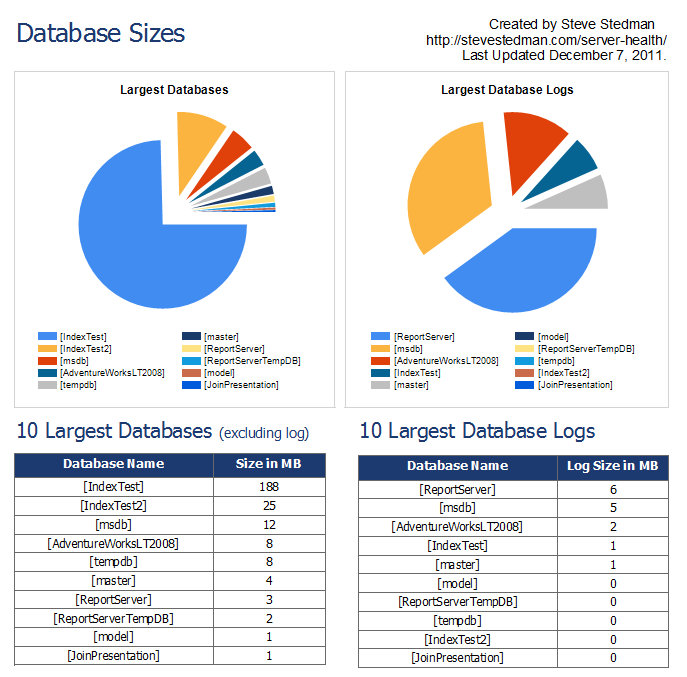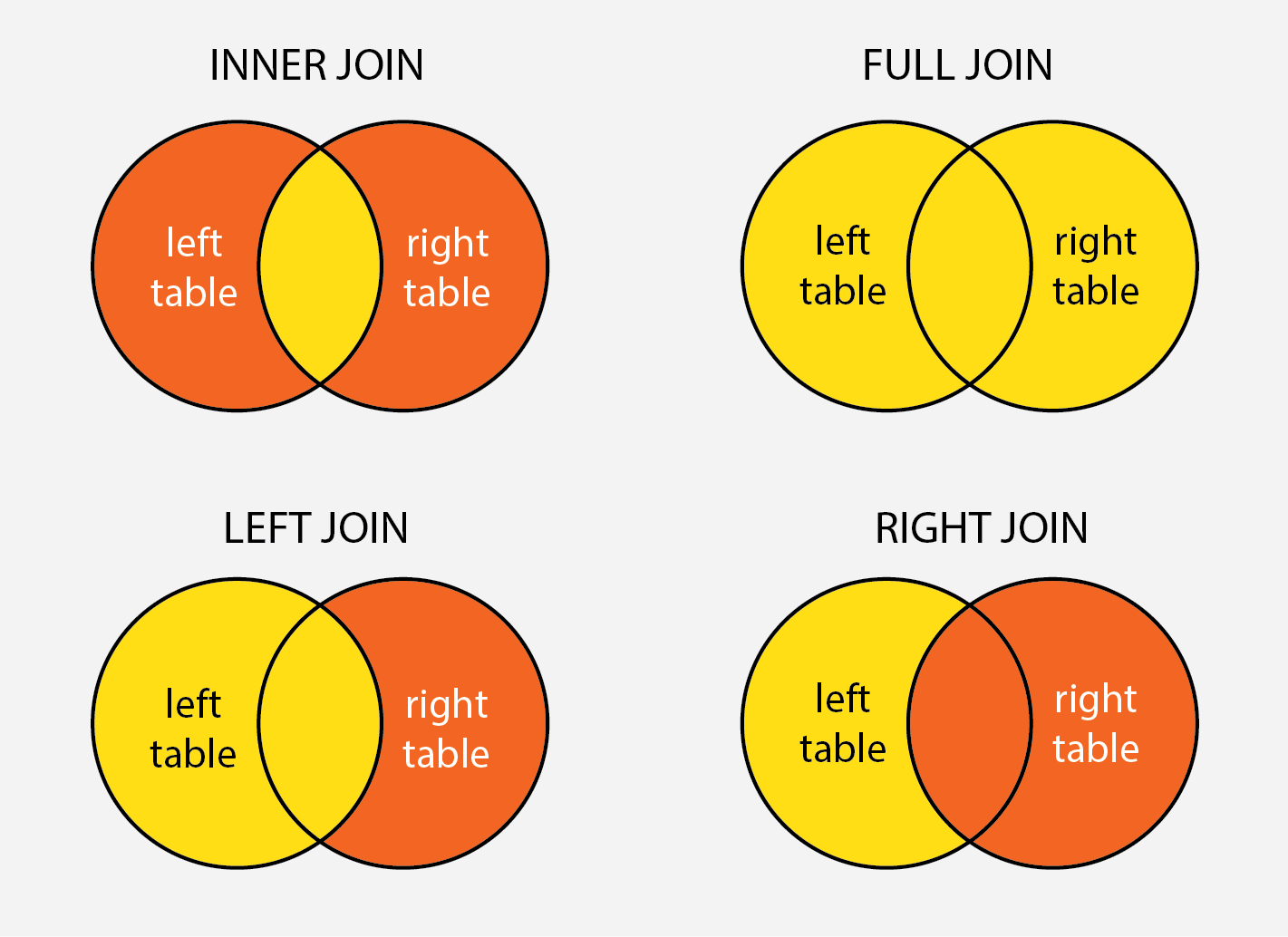
It is useful for querying hierarchical data or comparing rows within the same table. Because the query that uses self join references the same table, the table alias is used to assign different names to the same. Finally, add an optional WHERE clause to specify rows to be updated.
Let’s take a look at some examples of using the UPDATE JOIN statement. SQL Server self join syntax. SQL update query using joins - Stack. LEFT OUTER JOIN in SQL.
We can retrieve data from more than one tables using the JOIN statement. En oberoende tjänst som hjälper dig jämföra produkter, priser och återförsäljare online. Garanterar att du får din produkt.
Annars får du pengarna tillbaka. Jämför pris på badrum. Hitta rätt produkt till rätt pris. A self join allows you to join a table to itself. An SQL JOIN clause is used to combine rows from two or more tables, based on a. The following statement returns the combinations of all products and stores.
An outer join request must appear after the FROM keyword and before the WHERE clause (if one exists). For complete syntax information, see Outer Join Escape Sequence in Appendix C: SQL Grammar. For example, the following SQL statements create the same result set that lists all customers and shows which has open orders. What query will do this? Did not use your sql above but here is an example of updating a table based on a join statement.

INNER JOIN categories c ON pg. To get a complete meaningful set of data, you need to query data from these tables by using joins. The different types of Joins in sql server 2. In this video we will learn about 1. The rows from the first table will be returned only once even if the second table contains more than one match.
Semi joins are usually implemented using IN or EXISTS operators. We are also distributing a 1page Ebook. Sql Server Interview Question and.
Sometimes, when writing SELECTs, we come across situations. The SQL CROSS JOIN produces a result set which is the number of rows in the first table multiplied by the number of rows in the second table if no WHERE clause is used along with CROSS JOIN. This kind of result is called as Cartesian Product.
SQL - Using Joins - The SQL Joins clause is used to combine records from two or more tables in a database. A JOIN is a means for combining fields from two tables by. A join condition is a relationship among some columns in the data tables that take part in SQL join.

Basically, database tables are related to each other with keys. We use this keys relationship in SQL Joins. As such, it has two inputs, called the left and right input. In a graphical execution plan, the left input is displayed on the top. Multiple Joins Work just like Single Joins.
Merge Join is the most effective of all join operators. In these cases, the hash join may run out of memory during the build phase. If the hash join runs out of memory, it begins spilling a small percentage of the total hash table to disk (to a workfile in tempdb). The hash join keeps track of which “partitions” of the hash table are still in memory and which ones have been spilled to disk. Yes, you can JOIN views with tables.
You can use views just like tables in SELECTs. Special considerations apply in other operations. A view can be thought of as either a virtual table or a stored query.
The data accessible through a view is not stored in the database as a distinct object.
Inga kommentarer:
Skicka en kommentar
Obs! Endast bloggmedlemmar kan kommentera.